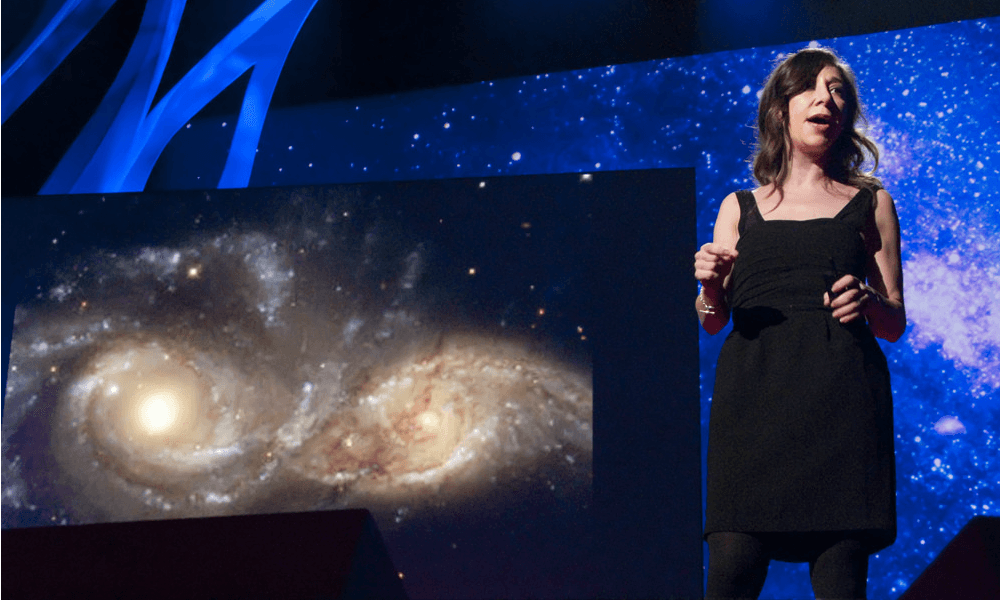How to Catch a Spacetime Wave
Einstein published his theory of general relativity in 1916. Exactly 100years later, a group of scientists using giant contraptions that cost a billion dollars confirmed the existence one of his most outlandish predictions: gravitational waves.
Columbia University astrophysicist Janna Levinwrote a book about the breakthrough called “Black Hole Blues.”
Kurt Andersen: Gravitational waves are what?
Janna Levin: Gravitational waves are oscillations or ripples in the shape of space-time. Einstein writes that mass and energy will warp space and time.
The bowling ball on the trampoline.
Yes, but imagine the bowling ball rolls around. The deformation of the trampoline has to follow it. If the bowling ball moves, Einstein theorizes, nothing can travel faster than the speed of light. So the information about the motion of the bowling ball and the deformation of space-time has to be propagated in a wave that travels at the speed of light. If you are in space-time, you will bob on the wave.
Earlier this year, scientists announced that they heard gravitational waves.
Even they were surprised. It was an arduous, 50-year campaign.
When we hear the sound from the observatory, what are we hearing?
That is final one fifth of a second of two black holes orbiting each other and, like mallets on a drum, it rings spacetime but only in the final one fifth of a second is it loud enough to be detected by the LIGO machine, 1.3 billion years later.
I get why that’s an important discovery, but what’s in it for us?
We don’t always have the language for what’s in it for us. But on that day, when they announced the discovery, the whole world stopped. I was interviewed for Al Jazeera TV, from Qatar, and we’re talking for a second about being under the same sky. And there is just something tremendous about the human desire to know about our place in the universe. It should be something that’s absolutely unifying.
